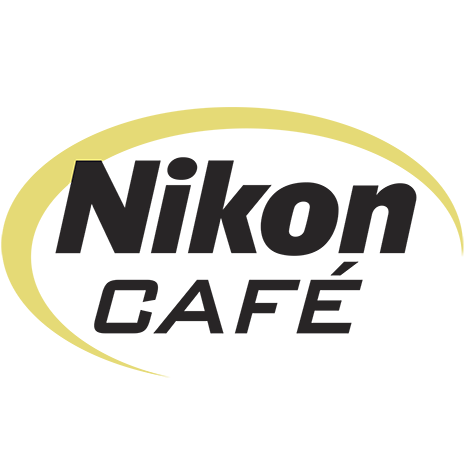Int
Interesting. Adobe listed as 'preliminary' support. Probably depends on the chip and OS.
Interesting thread in Nikon Cafe. Assume it is ok to post. If not, please delete.

Nikon HE* / HE / NRAW Support as of 31 March 2025
UPDATED: 31 March 2025 31 March 2025: Affinity Photo 2 (2.6) added support for Nikon HE*/HE via Nikon SDK. Updated Apple references to macOS Sequoia and iPadOS / iOS 18 (still no support for High Efficiency format). High Efficiency Raw Nikon's own lossless compressed raw file delivers a full...www.nikoncafe.com
Interesting. Adobe listed as 'preliminary' support. Probably depends on the chip and OS.

